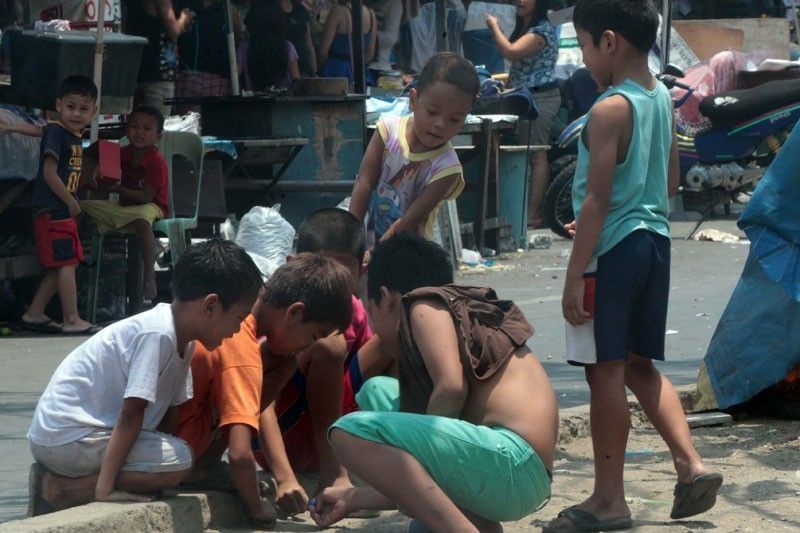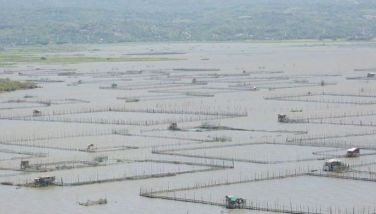‘Kids with disabilities most vulnerable to disasters’

MANILA, Philippines — About 5.1 million Filipino children with disabilities are the most vulnerable sector to big major calamities that could strike the country, according to the United Nations Children’s Fund (UNICEF).
Lotta Sylwander, UNICEF representative to the Philippines, revealed that differently abled children are most prone to injuries or even death during natural disasters like super typhoons and earthquakes because of their condition.
“Every emergency affects them, more so they lose their lives, because they can’t get away. They get malnourished during a protracted emergency and get unhealthy from poor water and sanitation conditions. They also are unable to access schooling and that psycho-social stress is also a serious factor for children in any emergency,” she said during the recent Emergency Preparedness Forum for Children and Youth with Disabilities held at the SMX of the Mall of Asia in Pasay City.
Sylwander explained that with or without special conditions, children are generally the most vulnerable sector during calamities, comprising about 60 percent of those most likely to be affected by disasters.
Local experts supported the UNICEF representative’s statement. Department of Science and Technology (DOST) Undersecretary for disaster risk reduction Renato Solidum Jr. said children are the ones who most likely to perish should a 7.2 magnitude earthquake hit Metro Manila and nearby provinces.
Solidum said the DOST has estimated that more than 48,000 people living in Metro Manila and the nearby provinces of Rizal, Cavite, Laguna and Bulacan will be killed should the West Valley fault line move and cause a massive earthquake dubbed as the “Big One.”
It is for this reason, Solidum said, that continuing education and preparation on disaster management should be carried out on all levels especially those in the most vulnerable groups. He added that “disaster imagination” is also crucial to bring about people’s resolve to prepare for any disaster.
“We need to develop disaster imagination so that we can adequately prepare. We need to imagine the scenarios, what will happen to us in cases of emergencies like an earthquake so that we can plan and prepare accordingly. Unless we can imagine and unless we feel fear of what can happen to us, we will not act to prepare for any disaster,” he said.
Survival expert Dr. Ted Esguerra, from the International Disaster Response Network, gave tips and on-the-spot demonstrations on how CWDs can cope in times of emergencies during the event organized by SM Cares, the corporate social responsibility arm of SM Prime Holdings.
Esguerra said being in a country visited by calamities and disasters every year, Filipinos should make disaster preparedness a way of life.
Hundreds of CWDs and their parents, members of PWD organizations and learning institutions and representatives from the Office of Civil Defense, Metropolitan Manila Development Authority and security personnel of SM Supermalls also attended the event.
- Latest
- Trending



























